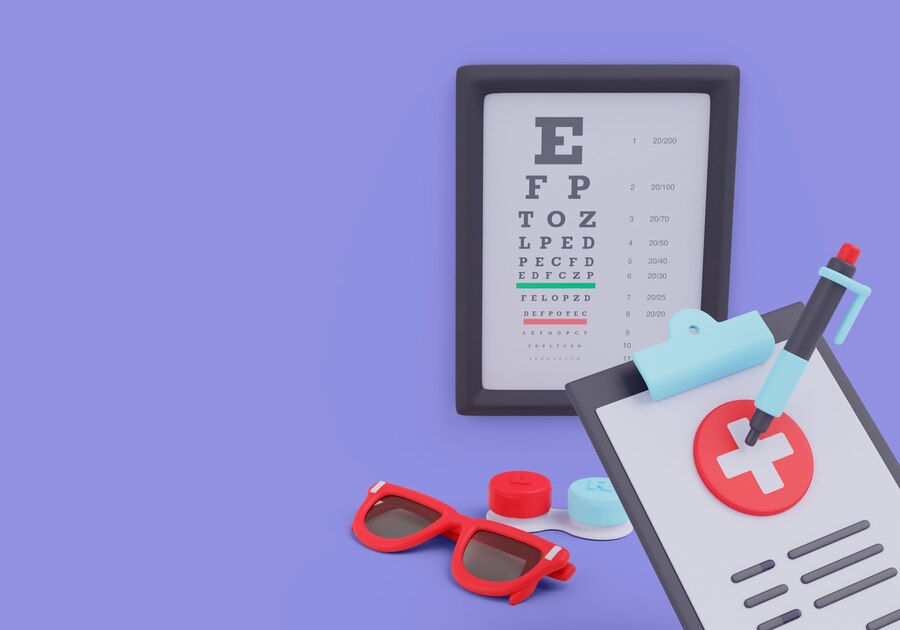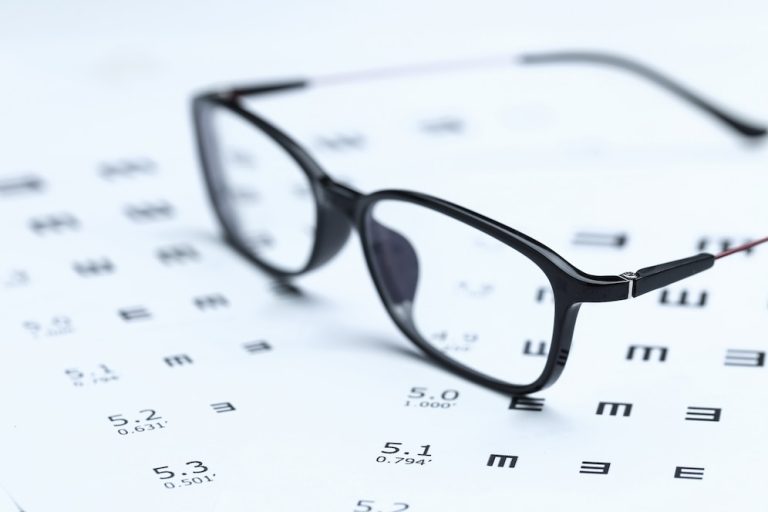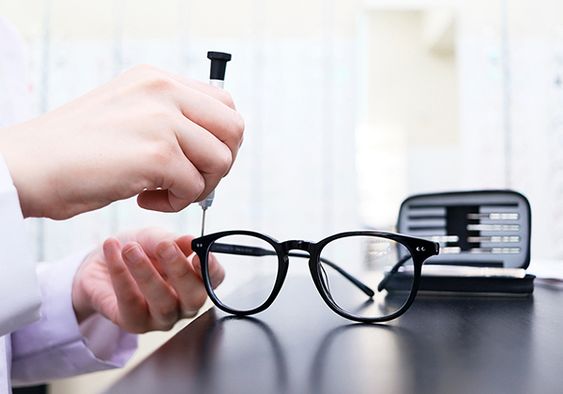Understanding Prism Values In Eyeglass Prescriptions: What You Need To Know
When you receive your eyeglass prescription, you might notice numbers and abbreviations that seem unfamiliar. Among these are prism values, which play a crucial role in correcting certain vision disorders. Understanding prism values is essential for ensuring the accurate fabrication of your lenses and optimal vision correction. In this article, we will delve into the significance of prism values in eyeglass prescriptions, how they are measured, and what they mean for your vision.
What Are Prism Values?
Prism values in eyeglass prescriptions indicate the amount of prism power needed to correct eye alignment issues, such as double vision (diplopia) or eye misalignment (strabismus). Prisms are optical devices that bend light, and when incorporated into eyeglass lenses, they can redirect light rays to compensate for visual abnormalities. Prism values are measured in prism diopters (Δ) and may be specified in different directions, such as base-up, base-down, base-in, or base-out, depending on the type of correction required.
Types of Prism Corrections
- Base-Up Prism: This type of prism is used to correct vertical deviations of the eyes, such as hypertropia, where one eye is higher than the other.
- Base-Down Prism: Base-down prisms are employed to address vertical deviations in the opposite direction, typically seen in conditions like hypotropia.
- Base-In Prism: Base-in prisms are utilized to correct inward deviations of the eyes, known as esotropia or convergence insufficiency.
- Base-Out Prism: Base-out prisms are prescribed for outward eye deviations, such as exotropia or convergence excess.
Measurement and Prescription Interpretation
Prism values are measured in prism diopters and indicated alongside the corresponding direction (base-up, base-down, etc.) on the eyeglass prescription. For example, a prescription might include a notation like “BU 2Δ” to signify a base-up prism with a power of 2 prism diopters. The placement of the prism in the lens is crucial, as it determines the direction in which the light is redirected to achieve proper alignment of the eyes.
Understanding Prism Correction for Double Vision
Double vision, or diplopia, occurs when the eyes fail to align properly, resulting in overlapping images. Prism correction can alleviate this issue by shifting one image to coincide with the other, effectively merging them into a single, unified image. By introducing prisms into the eyeglass lenses, the light entering each eye is manipulated to bring the images into alignment, thereby eliminating double vision and improving visual comfort.
Clinical Considerations and Refinement
Prescribing prisms requires careful assessment by an optometrist or ophthalmologist, as improper prism correction can lead to visual discomfort or distortion. During a comprehensive eye examination, the eye care professional evaluates eye alignment and performs tests to determine the appropriate prism power and direction. Additionally, prism correction may need to be refined through iterative adjustments based on the patient’s feedback and visual response.
Specialized Prism Applications
In addition to correcting double vision and eye misalignment, prisms can serve other therapeutic purposes in eyeglasses. For example, yoked prisms may be prescribed to improve visual comfort for individuals with binocular vision disorders or to alleviate symptoms of eye strain and fatigue associated with prolonged work. Furthermore, prism lenses are sometimes used in the management of conditions like hemianopia, where visual field loss necessitates visual field expansion through prism-induced image displacement.
Conclusion
Prism values in eyeglass prescriptions play a critical role in correcting eye alignment issues and addressing visual disturbances such as double vision. By understanding the significance of prism correction and how it is incorporated into eyeglass lenses, individuals can better appreciate the complexity of vision correction and work collaboratively with eye care professionals to achieve optimal visual outcomes. Whether managing diplopia, strabismus, or other binocular vision disorders, prism lenses offer a valuable tool for enhancing visual comfort and quality of life.
For any further queries, Plz visit drvivekgarg. in








